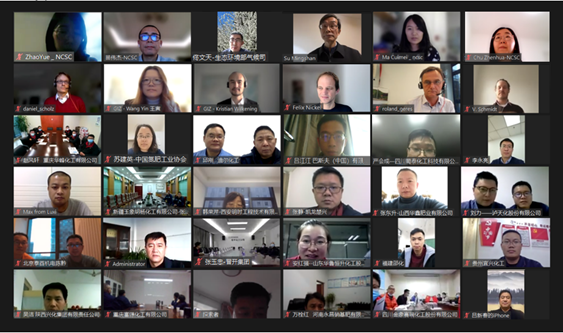20 July 2016 – The Chinese government has named the aviation sector to be included in the national emissions trading scheme (ETS). Presently Shanghai is the only pilot region which includes aviation in its local ETS. So as to draw on the experiences of Shanghai and the EU-ETS, the GIZ supports the development of applicable verification guidelines for the national scheme through knowledge exchange and research.
The aviation sector is the fastest growing source of emissions and is responsible for roughly 2% of global emissions; therefore it is critical to effectively implement a well-engineered ETS to include the rising aviation emissions. Additionally the aviation sector requires further provisions as it, unlike most industries and sectors in the national ETS, covers mobile sources which must be handled differently.
Therefore a research collaboration, implemented by the Shanghai Information Center (SHIC), with support from the GIZ is being undertaken by a group of Chinese and German representatives of regulating bodies, aviation and verification experts, to examine these additional features. Accounting and management strategies will differ and need to be adapted, therefore this study will explore the methodologies and practices which have served established ETSs well and deepen the impact of the combined experiences of Shanghai and the EU. The comprehensive findings may help in forming the policies and guidelines at the national level.
To involve all relevant parties, the SHIC has consulted with airlines who operate in Shanghai and the EU and with Chinese experts from China Civil Aviation Science and Technology Research Institute (CAST), the Shanghai Transportation Commission, Shanghai Energy Saving & Emission Reduction, Research Center for Climate Change in Guangdong. Representatives of the German Emissions Trading Authority (DEHSt) have provided comments and proposals based on their lessons-learnt and been closely involved throughout the consultation process. Seminars held on the detailed verification rules facilitated the peer-review process of the study’s findings. Furthermore domestic verifiers and enterprises which will interact with the aviation sector’s ETS functions have gained insight into procedures that can be used in the aviation sector.
Upon completion, a workshop will be held in Beijing to present the findings of the research to the National Development and Reform Commission (NDRC) and the Civil Aviation Administration of China (CAAC) and to aid in a smooth transition to a national ETS.
Chinese and English versions of the study’s findings will be made available through our downloads page.



